Primary Image
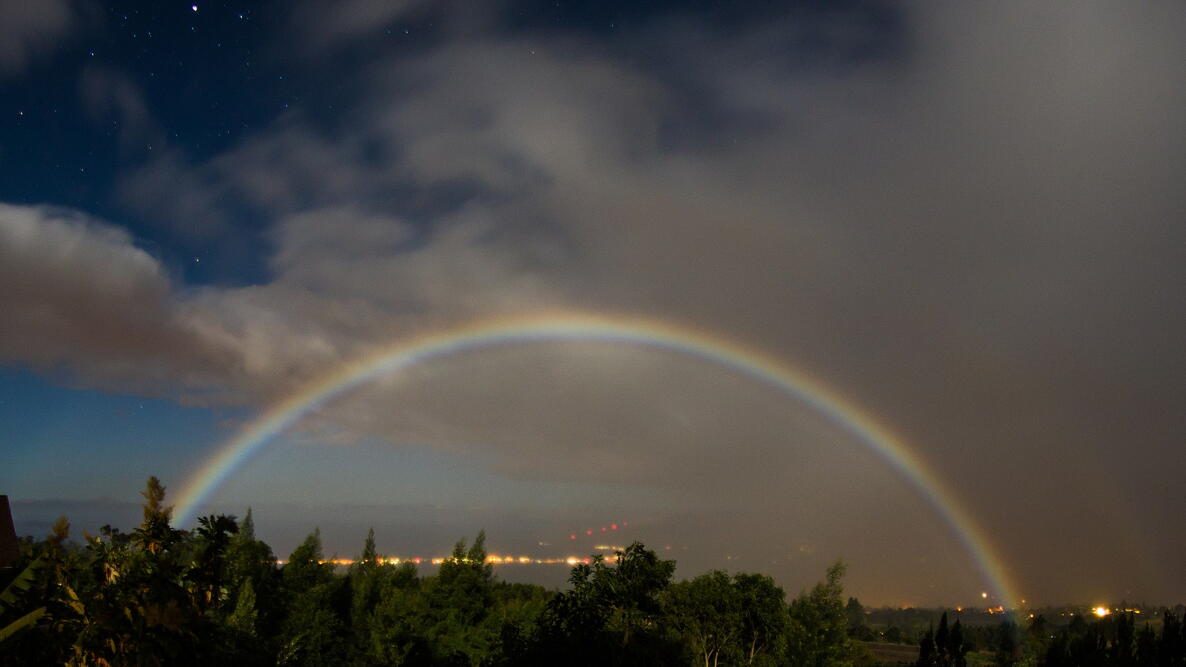
Caption
A moonbow over the town of Kihei, seen from Kula, on Maui, Hawaii, 2016
Photo Credit
Arne-kaiser
Where to See a Night Rainbow!
More Like This
Saw one last night Donegal Ireland
My story is different from all the others. What I saw was in Barstow, California. A group of us were going to work from Barstow to Fort Irwin at about 3:30 AM. I looked over to my right a perfect white bow, this was in the 1980's. It was my only experience in my lifetime, and still a cherished memory. And it had recently rained. A big deal for the desert!
i saw a moonbow years ago riding a motorcycle just north of eudunda in south australia
I saw a moonbow above the ocean in Topsail Island, North Carolina. It was the first and only time I have ever seen one. Our family was gathered on the ocean-front balcony of the condominium we were renting to watch July 4th fire works over the ocean just after sunset when the moonbow appeared. It was a very special experience.
While returning home from working evening shift on a winter night...there it was...with moon shine reflecting on the snow too!!
I have seen the moon with a full ring around it. I don’t think it was a moon bow, but it sure was neat. Northeast Missouri.
I saw a moonbow last night in Cumbria, Uk
I see other comments about Hawai'i here. My moonbow viewing was also in Hawai'i. It was Summer Solstice 1998 and we had a potluck celebration in South Kohala on the Big Island. There was a misty not-quite-real-rain drifting in from the ocean. I went outside to enjoy the twilight, facing West toward the water, and the Full Moon rose behind me, shining into the mist. There was a brilliant, exquisite bow, every color perfectly visible but silvery, instead of the usual warmth. I went in to share the news, and a couple of people came outside to see. We watched for a good half hour until finally the Moon rose high enough that the colors faded. It was a one-of-a-kind memory that I've always treasured. Thanks for this article.
Sailing from Hawaii to California I experienced a full arc moon bow. Very bright night. An amazing site. The dolphins following the boat were pretty nice also.
I was living on Oahu in Makiki on the 8th floor and I was looking west at the Downtown Honolulu city lights. We were sitting on the lanai having dinner and could see that it was raining down there, but when the Moon rose (which would have been to our backs) we saw an incredible specimen of a Moonbow. It was mostly purple but we could even see all of the other vivid colors of white, pink, green, purple and blue...it was A MAZE ING!
Thank you for asking this question, it brought back a wonder memory!
- « Previous
- 1
- 2
- …
- 10
- Next »

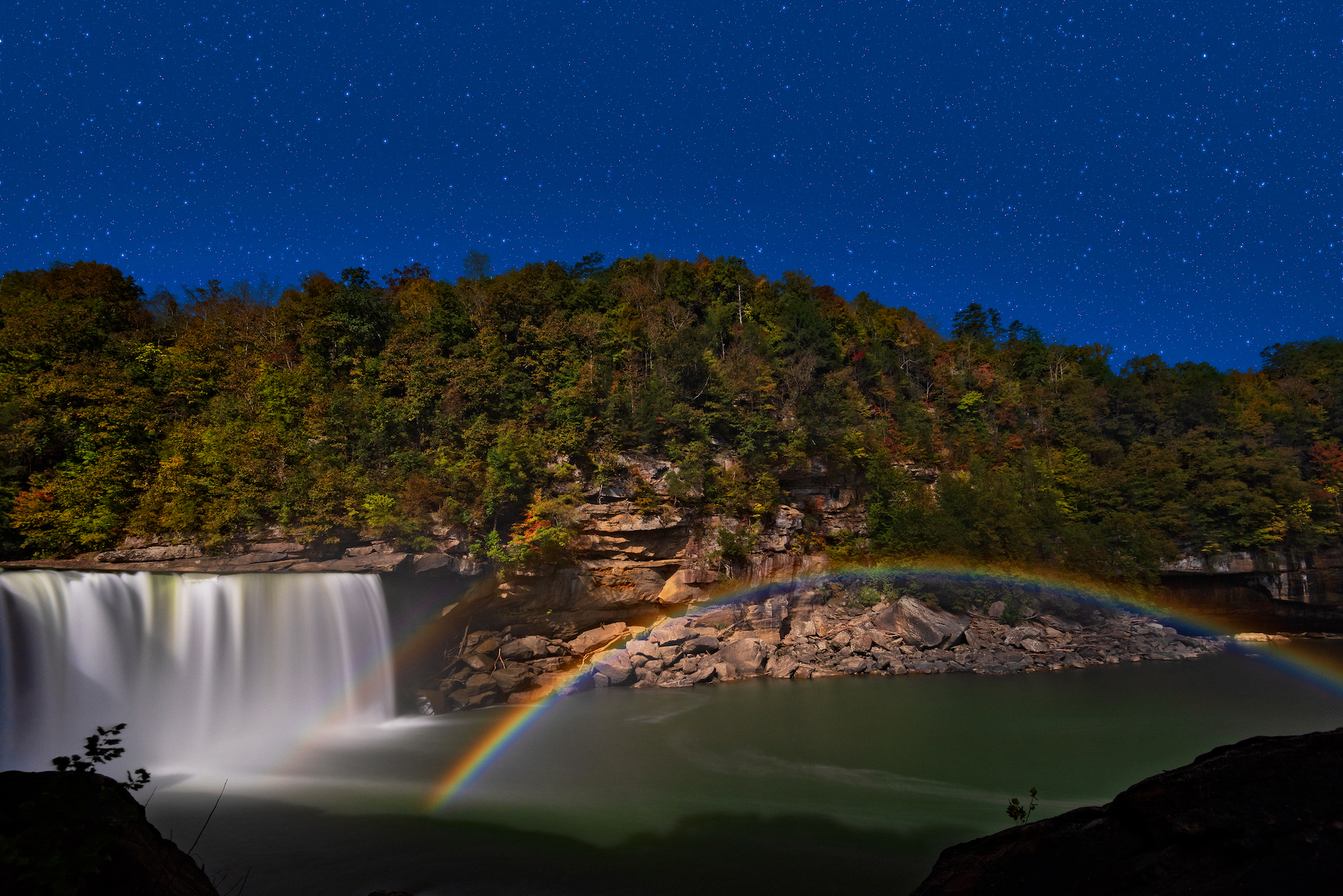
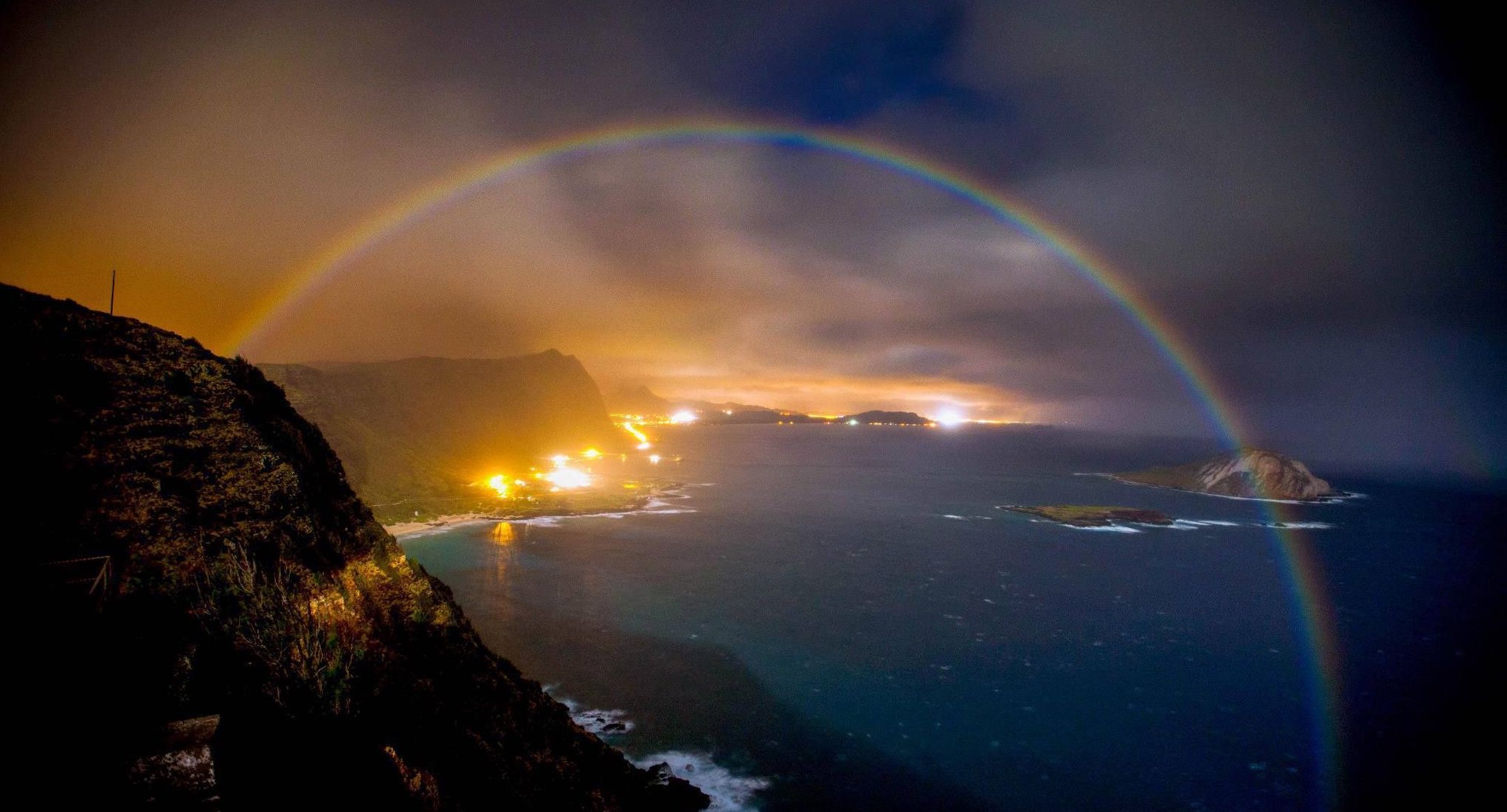
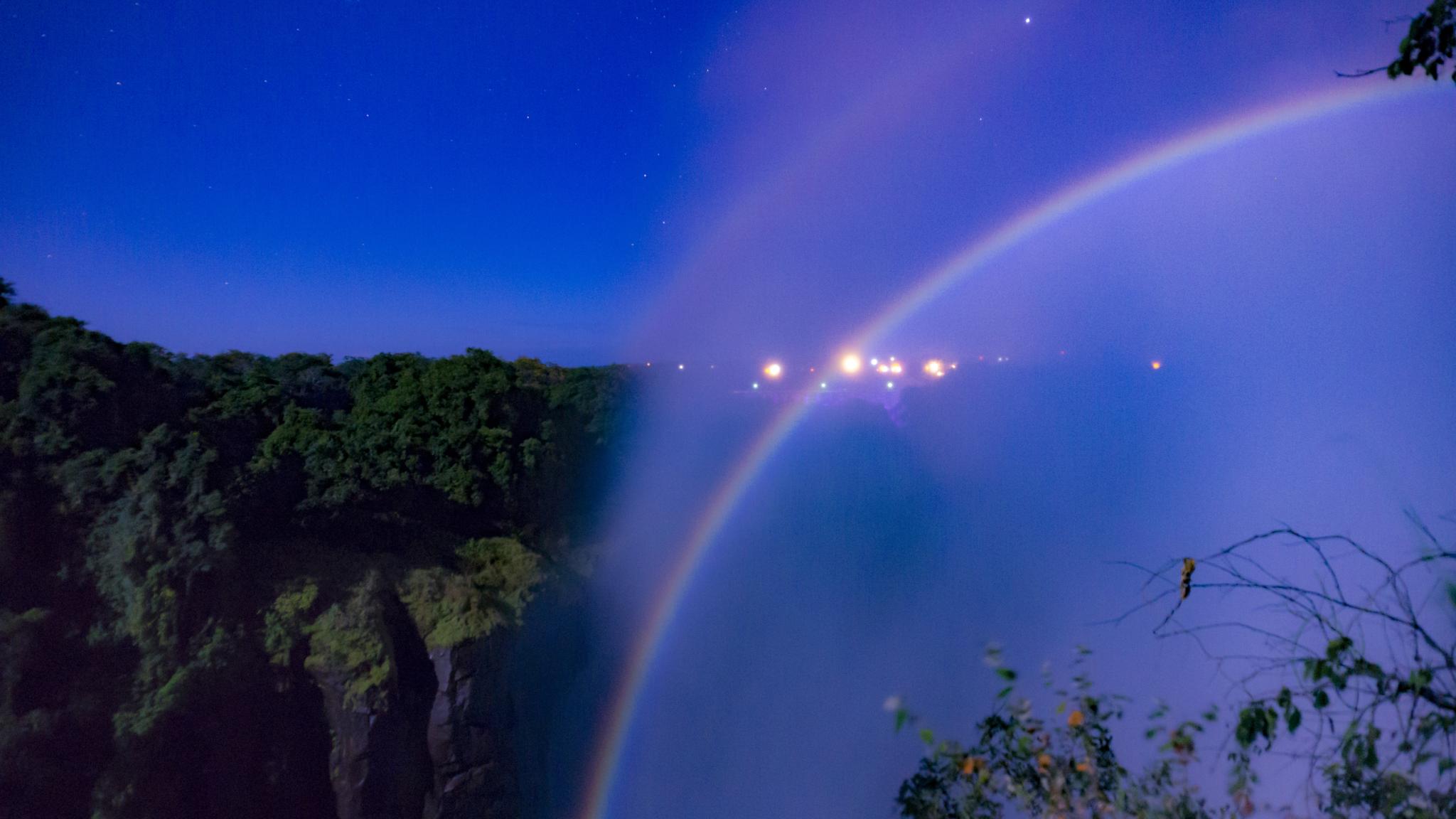
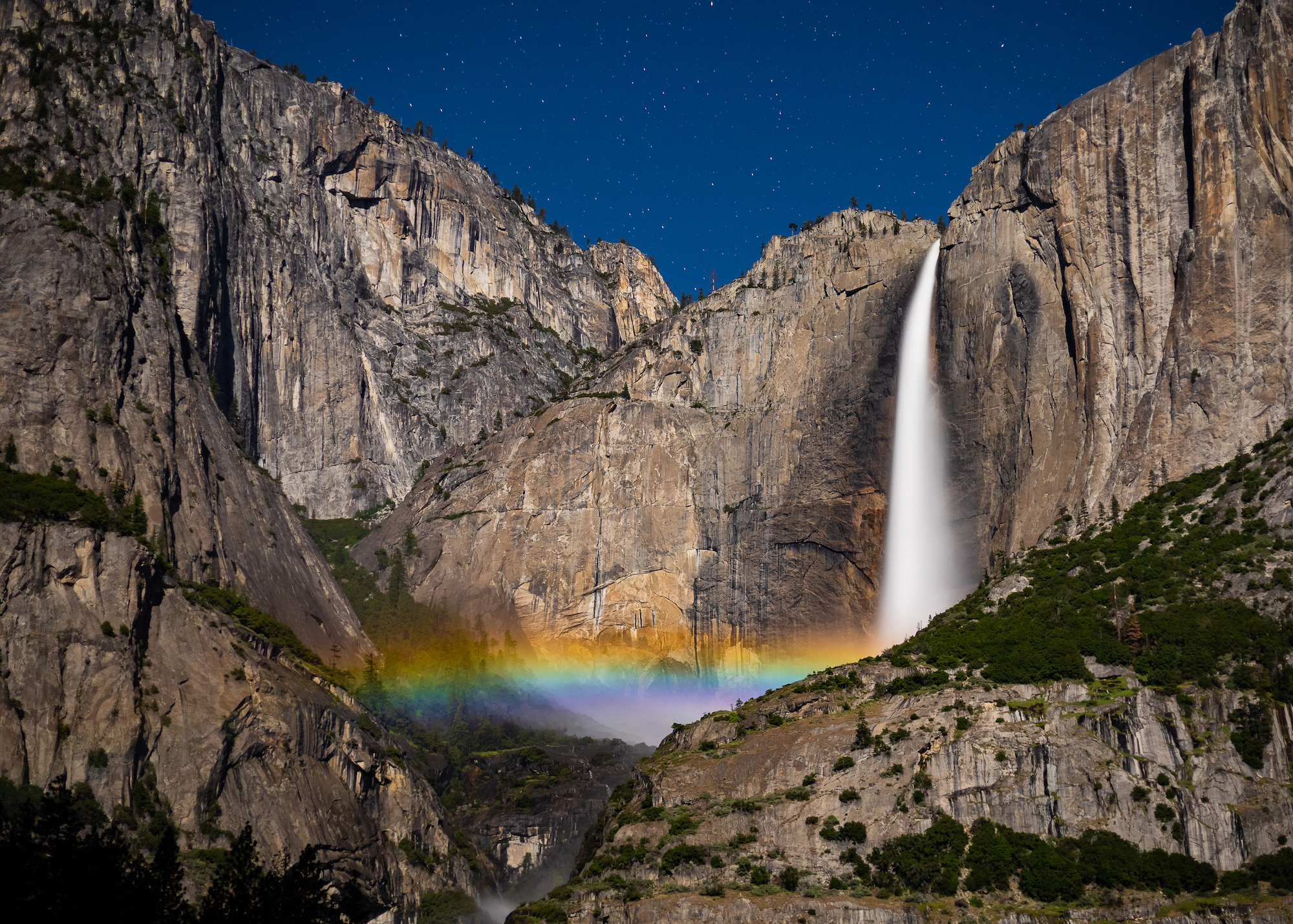
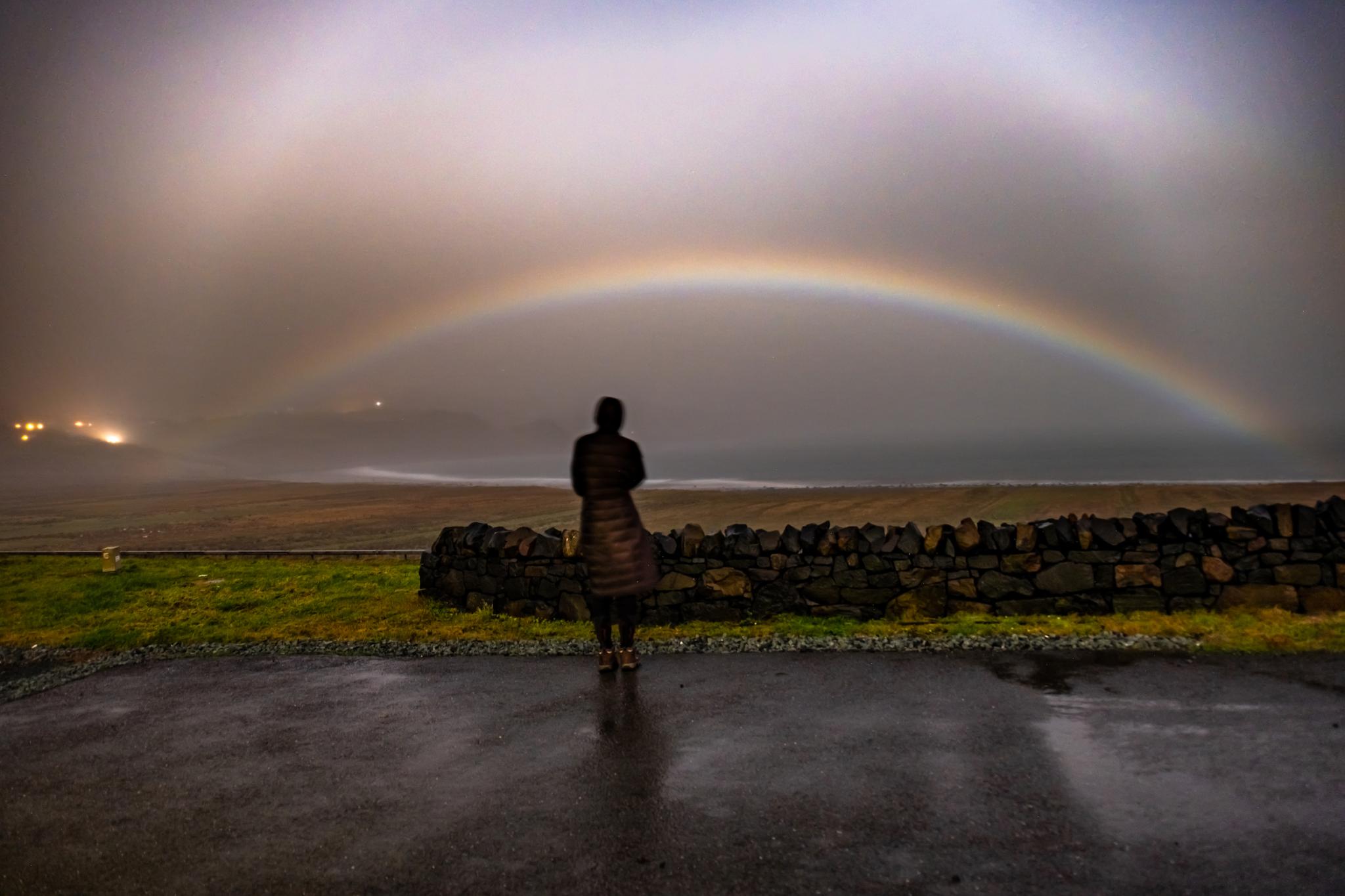








Comments